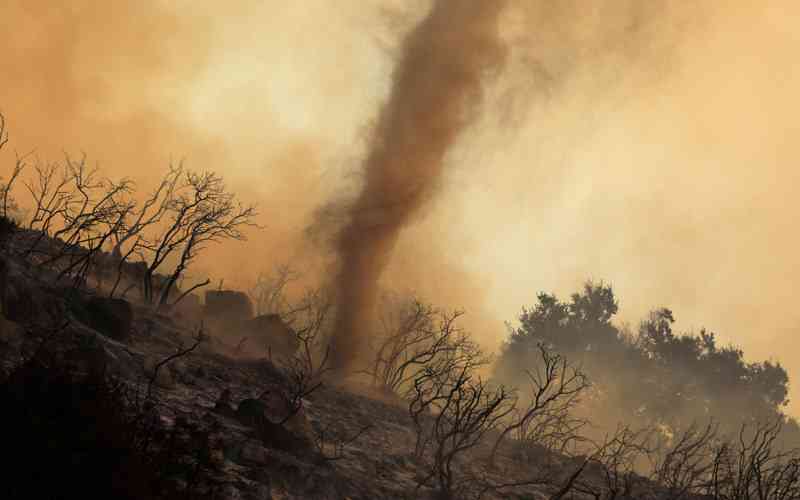
AS global climate change impacts do not appear waning, people continue to hear, read, speak and write climate stories but they do not seem to listen. The improvement of listening contributes to desired climate outcomes and the only tool that can deliver people from failure to listen actively is storytelling.
Climate change is a multi-sectoral community of practice which requires storytelling to improve stakeholder participatory behaviours through listening, especially targeting active and energetic young people. Climate change needs to be told as a problematic story that thrives on the use of previous, current and future knowledge systems about the subject. Therefore, storytelling is used to enhance knowledge improvements on climate change and memory capacitation, anytime and anywhere.
The use of extra-linguistic features like gestures, facial expressions, nodding and repetitions assist in getting listeners absorbed in the climate story, to recollect and introspect. Storytelling remains a tool that engages, consults, helps to establish relationships and unity among listeners. This is critical in the sense that climate change is interdisciplinary, multi-sectoral, collective and collaborative, so no one should be left behind. For participants to demonstrate competencies in speaking about climate change issues, they need to translate active listening into positive interactions about climate change.
The role of storytelling as a value addition tool on climate resilient building is indispensable while the problematic issue of complex climate change vocabulary can be overcome through storytelling and decolonising communication as well. This makes storytelling a confidence-building tool designed to build strong climate participatory behaviours and cultures, strong infrastructure and institutions. Storytelling helps participants to explore vast potential benefits such linguistic, social-economic and cultural values as co-benefits of resilient building.
When a climate story has been told, listeners are strategically positioned to retell the story in their own words, thereby improving their vocabulary on technical and problematic climate change concepts. Story angles and perspectives help to improve listeners’ motivation and intrinsic behaviours to deal with climate change impacts. The storytellers have the liberty to fuse in songs, some dances, raise or lowering their tone and voices in order to emphasise an environmental impact or event.
Storytelling does not require much formalities as the storyteller is flexible to choose the home, outdoors, classroom, boardroom, under a tree, in the bus or any setting possible. The context in which a story is told should strengthen unity and relationships. Furthermore, participants can also document their traditions and beliefs orally in order to teach life-skills that determine how much they would manage climate risks and hazards.
As a resource and sustainable tool of communication, a climate story can be told by an expert or influential person with a large following such as sportsperson, musician, pastor, teacher, community resource person or tele-evangelist. For these reasons, storytelling telling then becomes an integral part of sustainable development and education for the foreseeable future.
The narrative techniques for climate incidences and events, whether real or imaginary, bring lots of value and beneficiation in life, especially to sets of target audiences willing to listen. Listening is not only a skill but a participatory behaviour and culture, virtue, worldview and ideologies. In this regard, sustainable feelings and insights can only be realised from versatile story lines that hook, pervade the mind and swing people into action.
- COP26 a washout? Don’t lose hope – here’s why
- Out & about: Bright sheds light on Vic Falls Carnival
- COP26 a washout? Don’t lose hope – here’s why
- Out & about: Bright sheds light on Vic Falls Carnival
Keep Reading
The idea behind telling a climate story is for listeners to build mental images from vivid expressions by a skilled storyteller. For a climate story to have an impact, the storyteller should have some variety skills and a toolkit enabling him/her to be resourceful, captivating and essentially evocative.
A story becomes more interesting when it is told rather than being read. A story told thrives from the depth, originality and creativity from the memory bank stored in the mind of a storyteller. That story memory bank can either be passed on hereditarily from individuals of the family tree or the memory banks die with their toolkits, get buried with their vital knowledge and information.
Peter Makwanya is a climate change communicator. He writes in his personal capacity and can be contacted on: [email protected].










